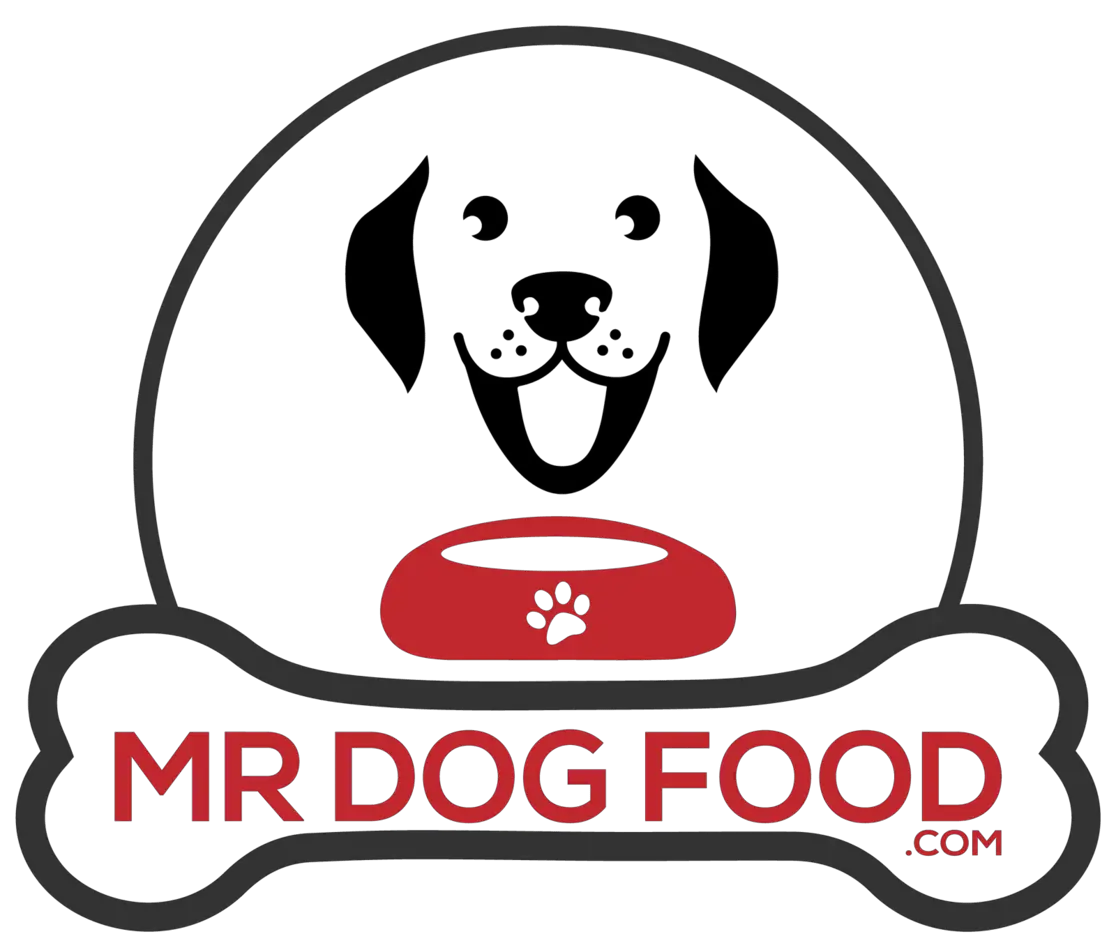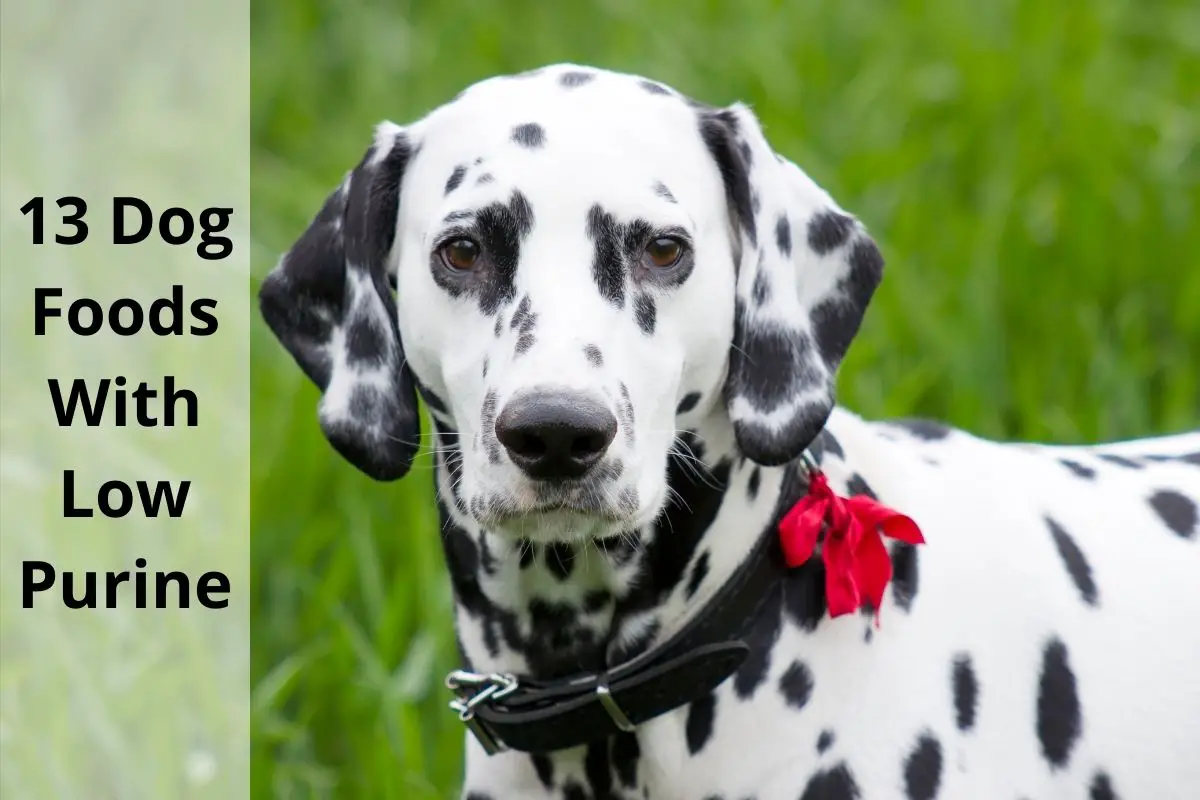This post contains affiliate links.
What you feed your dog can directly affect their health and the length of their lives. Low-quality food that is full of preservatives and fillers may sometimes include ingredients that are unsafe for consumption. So what should your lab be eating?
Lab breeders feed their dogs food that is high in protein, chondroitin, glucosamine, calcium, phosphorus, and probiotics. They look for lower-calorie foods to prevent obesity and seek well-balanced, nutritional meals. These include Purina Pro Plan kibble and Wellness CORE for large breeds.
In this article, we will explore your labrador’s needs and how different types of food offer various benefits and nutrients. We will also look into puppy feed and what breeders prefer to feed their dogs.
Table of Contents
What Labradors Need From Their Food
No two dogs are the same, even if they’re both labs. Each dog’s needs will vary depending on its size, medical history, and what kind of food you are feeding them. However, a good rule to follow is to find food that is high in protein and fatty acids while being low in carbohydrates.
Not only should you be careful about what you feed your lab, but you should also monitor how much you feed them. Labs have a history of being overeaters and can become obese quickly if their food intake is not controlled correctly.
Labradors are typically sturdy dogs that can reach anywhere from 50-80 pounds once fully grown. They are active and energetic, though they can sometimes encounter health problems, such as hip dysplasia. With that in mind, you should look for dog food with the right ingredients to ensure their current and future health.
Protein
High-protein foods will help develop and strengthen your dog’s joints and muscles, which will help them in the future after years of running. Labs are heavier dogs, and that can cause joint fatigue. Having strong muscles is essential to ensure joint health in their senior years.
Protein will also promote coat health and a better immune system so they can fight off infections. It is essential to choose the right proteins, such as those from animals rather than plants. This will make sure your lab is getting enough essential amino acids.
Chondroitin and Glucosamine
Chondroitin and glucosamine are scientifically proven to promote the production of the cells found in cartilage within your dog’s bones. They will also help to lubricate the joints and are used to promote joint health in general. Your dog’s food should include one or both of these to be considered well-balanced.
Calcium and Phosphorus
Calcium and phosphorus are essential nutrients that will promote bone health. For larger dogs especially, healthy bones are vital for their development. Without these, your dog may suffer from brittle, easily fractured bones, which will inhibit their daily activities as they get older.
Probiotics
Probiotics are microorganisms that naturally occur in your digestive tract. Healthy probiotics are used to fend off unhealthy organisms that can cause illness. Since 70% of your dog’s immune system can be found in its gut, incorporating probiotics will help to boost its immune system.
Low to Moderate Calories
Labradors can often become obese when their diet is not monitored. This can happen when your lab does not get ample exercise. To help combat weight gain, you should look for foods that are lower in calories.
Alternatively, be sure to give your dog enough exercise every day. This can include long walks twice per day or time spent playing fetch in the yard.
Feeding Lab Puppies
Puppies require food that is nutritious, healthy, and delicious. Unfortunately, many breeders, vets, and trainers will differ in their approach to how best to feed your puppies, leading to confusion for new dog owners. Where some will argue dry food will encourage your dog to enjoy kibble for the rest of their lives, others will say that a raw food diet is the only way to ensure they get everything they need from their meals.
If you bought your puppy from a breeder, it is recommended to keep the puppy on the same brand and type of food that they were eating before coming to their new home. Using the same food, you know that they enjoy it and that they are not allergic to anything in the food.
Changing their diet should only be done once they start to grow out of puppy food, and you should always consult your vet before changing their eating habits. Most dog food brands will have different blends that you can switch to depending on your puppy’s size and weight.
When feeding your puppy kibble, it is recommended to add some water to the bowl to help soften the food for their puppy teeth. Kibble can also be used as a treat when training your new puppy, rather than overfeeding them with high-calorie treats.
The Different Types of Dog Food
The key to finding the right food for your dog is to find something reasonably priced and well-balanced. A well-balanced diet refers to the amount of nutrients provided by the food per portion. Regardless of which type of food you choose for your dog, always be sure to check the ingredients listed and the guide on how much your dog should be eating.
Kibble
Kibble is dry pellets of dog food that is often the most economical option and the easiest to store. Kibble is available in larger bags that do not need to be kept at a cold temperature, and the dry food is known to reduce tartar build-up on your dog’s teeth.
Some pros of using kibble include:
- Convenience. The food requires no preparation and can be scooped right out of the bag
- Easy storage. Kibble does not need temperature-sensitive storage and does not have a strong smell
- Can be used for training. Dry food can be used as treats when training
Some cons of using kibble include:
- Smell. Some lower quality kibble brands contain a higher number of filler ingredients, such as corn, that can cause gas and foul-smelling stool
- Some dogs may eat their feces. If a kibble brand does contain fillers, they are often not appropriately digested and come out in the poop, making it more appealing to a dog to eat
- Filler products. Some food will contain fillers that provide little to no nutritional value to your dog, including animal by-products that come from inedible products and trash
Canned Food
Canned food is popular among dogs as it often contains chunks of meat and has a much more pungent smell. Though canned dog food has a long shelf life, it is typically more expensive than kibble, and lesser brands will contain additives that your dog cannot process.
One thing to keep in mind is that transitioning a dog from wet food to kibble can be difficult, and they may refuse the new food. Although it is easier to eat for puppies and older dogs, it should only be considered if you intend to continue using wet food for the duration of your dog’s life.
Some pros of wet food include:
- Canned food is far more appetizing to your dog
- It is easier to consume, making it great for puppies and older dogs
- High source of protein
Some cons of wet food include:
- Some lesser brands will have a high water content, making them less nutritional
- It cannot be left in the bowl as it contaminates quickly
- Opened cans need to be stored in the fridge
Raw Food
Raw food has become very popular amongst dog owners and consists of feeding raw meat and organs to your dog. Due to their short intestinal tracts, raw food is easier to digest and allows for better absorption of nutrients.
Also known as BARF (bone and raw food), the diet consists of raw – never cooked – bones, meat, and other organic components. Some diets will incorporate raw eggs and a variety of dog-friendly fruits and vegetables. Always research what foods are safe for dogs before incorporating anything new into your dog’s diet.
Some pros of the raw food diet include:
- The diet has been shown to improve the quality of a dog’s coat
- Frozen meat patties can be bought in bulk at most pet stores
- Some dogs have been seen to produce less stool that smells far less
Some cons of the raw food diet include:
- Bone fragments can be an issue and a choking hazard
- It can be much more expensive and time-consuming to prepare
- Using frozen foods will require lots of storage space
As mentioned above, when purchasing a puppy from a labrador breeder, it is advised to keep that puppy on the same brand and type of food that the breeder has been using. This will ensure they are getting a well-balanced diet, prevent any stomach issues from introducing new foods, and will help their transition into their new home.
Purina Pro Plan
The Labrador Retriever Club, a partner of the American Kennel Club, has an avid partnership with Purina. They provide the details of well-established breeders across the United States that have been vetted and are known to be reputable. Some of these breeders are also partnered with Purina:
- Peak Performance Training offers studs, litters, and training for labs
- King’s Ransom Kennels have five generations of show quality labs
Purina Pro Plan is available in a variety of food types, catering to your dog at all ages:
- Puppy
- Adult
- Adult 7+
- Sensitive systems
- Small breed
- Large breed
- Sport
- Weight management
Each variety has been thoroughly researched to ensure the food provides a well-balanced diet and incorporates as many nutrients per portion as possible. They offer both wet and dry food, which include probiotics that are known to promote digestive and immune health.
Wellness CORE Large Breed
Wellness CORE Large Breed is a protein-rich, grain-free dog food specifically designed for bigger dogs, such as labradors. They offer both dry and wet foods, both of which include varieties for:
- Puppies
- Adults
- Small breed
- Large breed
- Weight management
- Senior
- Raw kibble
CORE food provides optimal fiber, probiotic microorganisms, fatty acids, fruits and vegetables, and a mixture of nutrients to promote joint health. Each serving of their large breed kibble provides at least 30% protein from deboned chicken and turkey.
Taste of the Wild High Prairie Canine
Taste of the Wild is a grain-free dry food that includes:
- Pasture-raised bison and venison that is easy to digest
- 80 million live active cultures and probiotics per pound of food
- Balanced omega and fatty acids
- Prebiotic fibers to promote digestive health
- High levels of antioxidants, including sweet potatoes, blueberries, zinc, and vitamin E
Offering both dry and wet food, Taste of the Wild gets its protein from various animal sources, such as bison, boar, fish, venison, and lamb. They have both grain-free and grain-inclusive foods, along with varieties targeted explicitly for puppies, seniors, adults, and pregnant or nursing dogs.
NUTRO ULTRA for Large Breeds
NUTRO ULTRA uses a blend of chicken, lamb, and salmon and claims that it contains no by-products, corn, wheat, or soy. Their ULTRA blend also includes a blend of 15 superfoods, such as coconut, chia, kale, and blueberries.
This grain-inclusive dry food is designed to help maintain a healthy weight and lifestyle for your dog, along with all of the amino acids needed for optimal muscle growth. The addition of pea protein, flaxseed, and chia seed will provide much-needed plant proteins, but it still contains a high amount of animal proteins and meat.
AvoDerm for Large Breeds
AvoDerm is a grain-inclusive dog food formulated for larger breeds to include essential nutrients needed for joint and bone health and muscle function. It also contains avocados which provide omega nutrients that promote shiny coats and healthy skin.
The high-protein formula does not over-use plant-based proteins, instead of getting its nutrients from chicken and salmon. Their inclusion of avocados provides:
- 18 amino acids
- Rich omega fatty acids
- 20 minerals and vitamins, including vitamins E and A
Preparing for Your First Labrador
Although many dogs need to be rehomed in shelters, these tend to be mixed breeds or older dogs. When looking specifically for a purebred puppy, it is recommended to do thorough research and find a reputable breeder. Unfortunately, there are many breeders that do not follow appropriate breeding guidelines and do not treat their animals well.
When researching a breeder, keep in mind the following:
- Search for the desired breed on the American Kennel Club website to find breeder referrals.
- If your breed is not available on the AKC page, Google the breed along with “national breed club” to find reputable information.
- Only work with breeders that require applications, not those who make quick sales.
- Ask lots of questions and look at all the paperwork for the litter, including the parents’ medical history and that of past litters.
- Expect a health guarantee for the puppy that includes a refund or financial help with medical bills if your puppy develops health issues in the future.
- Visit the facilities before you commit and meet the parent dogs and breeder.
Before bringing a new puppy into your home, always research the breed and their needs, and prepare your life and house for the new addition. Puppies require 100% supervision until they are 100% trained and cannot be left alone for more than an hour or two. Be sure you have the time to spend at home with your new puppy before committing to one.
Labrador Personalities
Labradors are one of the most popular dog breeds to have as pets. They are gentle, sweet, good with children, and easy to train. However, they are also quite large and require lots of exercise. Some other labrador traits include:
- They are very intelligent and playful and need mental stimulation as well as physical activity.
- They are prone to overeating and can become obese if not monitored.
- Labradors are very social and are happy to be part of the family.
- Males can weigh up to 80 pounds when fully grown.
- Labradors have a short double coat that can be maintained with weekly brushing.
- If not appropriately exercised, labs can become hyperactive or destructive in the home.
When considering a labrador for your home, be sure you have the time to devote to its training and daily exercise.
Conclusion
When looking to feed your labrador a well-balanced diet, always consider what your breeder has been providing their dogs, and always consult with your vet before changing your pet’s food or diet.
Look for food that is high in protein and contains lots of dog-friendly nutrients and ingredients, such as sweet potato and blueberries. The food should be low in fillers, such as corn and by-products, and rich in calcium and probiotics.
Sources
- The Spruce Pets: 9 Reasons to Buy a Dog From a Breeder
- AKC: Labrador
- The Labrador Site: Why do dogs eat poop?
- The Labrador Site: How to feed a labrador
- Purina: Pro Plan
- The Labrador Retriever Club: Breeders
- Peak Performance Training: Services
- King’s Ransom Kennels: Services
- AKC: Hip dysplasia
- Me Pet Needs That: Best food for labs
- Wellness CORE: Large Breed
- Taste of the Wild: High Prairie Canine
- NUTRO: ULTRA for Large Breeds
- AvoDerm: Large Breeds
Mrdogfood.com is a participant in the Amazon Services LLC Associates Program, an affiliate advertising program designed to provide a means for sites to earn advertising fees by advertising and linking to Amazon.com. We also participate in other affiliate programs which compensate us for referring traffic.




